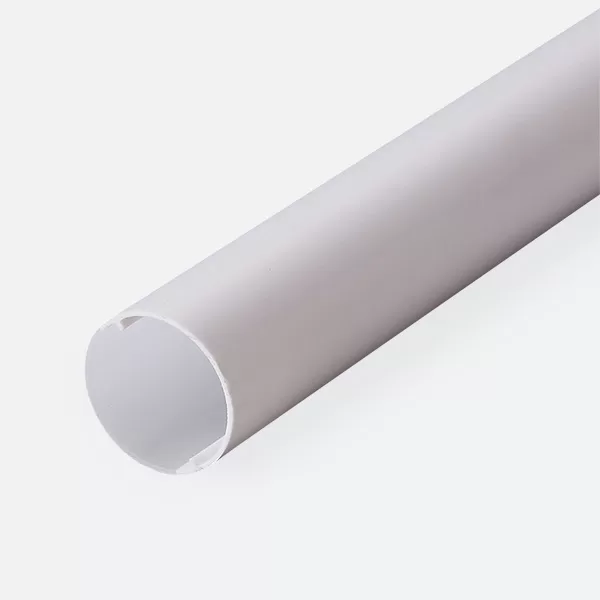When it comes to selecting materials for piping systems, PE plastic pipes and PVC plastic pipes are two popular options. Each type of pipe has unique properties and applications that make them suitable for different uses.
Understanding PVC Plastic Pipes

PVC (Polyvinyl Chloride) is one of the most commonly used plastic materials, characterized by its rigidity and durability. It is a non-crystalline material that is often enhanced with stabilizers, lubricants, impact modifiers, and colorants during manufacturing.
Key Properties of PVC Plastic Pipes
- Non-Flammable: PVC is inherently non-combustible, providing safety in various applications.
- High Strength: Known for its robustness, PVC can withstand physical stress and environmental factors.
- Excellent Geometric Stability: Maintains its shape under various conditions.
- Chemical Resistance: PVC is resistant to many oxidants, reducing agents, and strong acids; however, it can be corroded by concentrated oxidizing acids such as sulfuric and nitric acids and is unsuitable for contact with aromatic and chlorinated hydrocarbons.
Processing Characteristics of PVC
The melting temperature of PVC is crucial during processing, as improper handling can lead to material decomposition. PVC’s flow characteristics are generally poor, and it has a narrow processing range. High molecular weight PVC materials require lubricants to improve their flow, making lower molecular weight materials more commonly used.
Typical Applications of PVC Plastic Pipes
PVC plastic pipes are widely used in various applications, including:
- Water supply pipes
- Household plumbing
- Wall panels
- Commercial machine housings
- Electronic product packaging
- Medical equipment
- Food packaging
Understanding PE Plastic Pipes

PE (Polyethylene) is another widely used plastic pipe material, recognized for its versatility and performance. PE is odorless, non-toxic, and has a waxy feel. It offers excellent low-temperature resistance and chemical stability, making it suitable for many applications.
Key Properties of PE Plastic Pipes
- Temperature Resistance: PE plastic pipes can operate effectively in a temperature range of -75℃ to 40℃, ensuring flexibility during winter installation without cracking.
- Corrosion Resistance: As an inert material, PE can withstand erosion from various chemical media and does not require anti-corrosion treatments.
- Good Flexibility: With an elongation at break exceeding 800%, PE pipes can absorb local vibrations without affecting the entire system, providing strong seismic resistance.
- High Pressure Resistance: The high crystallinity of HDPE (High-Density Polyethylene) enhances its strength and hardness, allowing it to withstand significant internal pressure. This makes it ideal for water supply and gas pressure pipelines.
- Sanitary and Non-Toxic: PE plastic pipes do not promote bacterial growth and prevent secondary pollution of water, ensuring clean and safe drinking water.
- Efficient Flow Capacity: The smooth inner wall of PE pipes reduces friction and fluid resistance, resulting in lower energy consumption and operational costs.
Long Service Life
PE black pipes typically contain about 2.5% carbon black, giving them strong resistance to ultraviolet (UV) radiation. This feature allows them to be stored or used outdoors without degradation. PE plastic pipes have a service life of up to 50 years, making them a reliable long-term investment.
Summary: Choosing Between PE and PVC Plastic Pipes
When comparing PE plastic pipes and PVC plastic pipes, consider the following:
- Chemical Resistance: Both materials have good chemical resistance, but PVC can be affected by certain oxidizing agents.
- Temperature Performance: PE pipes perform better in low temperatures, while PVC has a higher melting point.
- Flexibility: PE plastic pipes are more flexible, making them suitable for dynamic applications.
- Sanitary Properties: PE is the better option for applications requiring sanitary conditions.
- Longevity: Both materials offer long service lives, but PE pipes may have a slight advantage in UV resistance.
In conclusion, the choice between PE and PVC plastic pipes will depend on the specific requirements of your project, including environmental conditions, chemical exposure, and flexibility needs. Understanding the key differences will help you make an informed decision that meets your needs.
